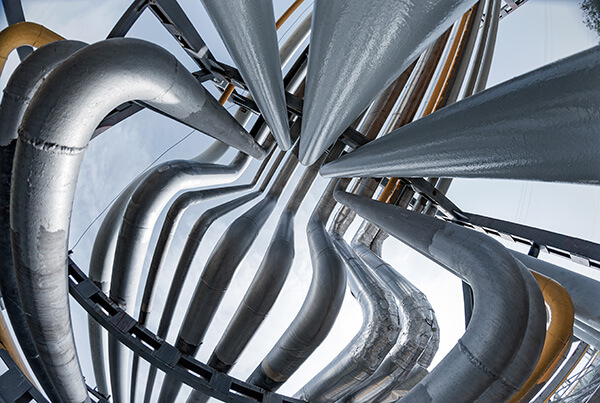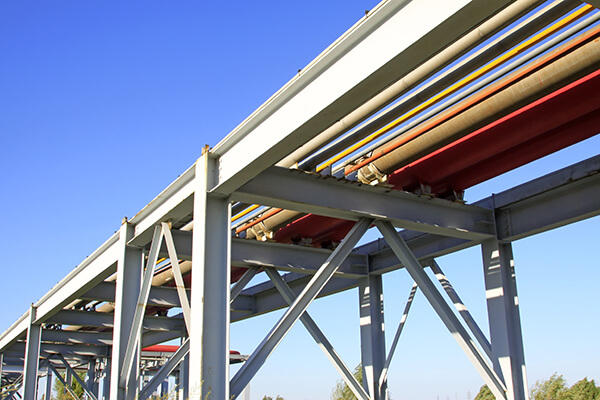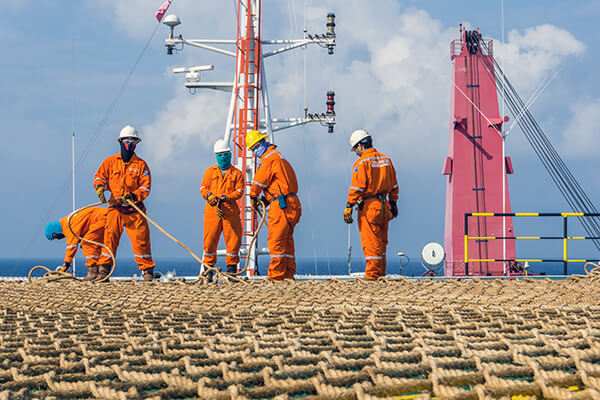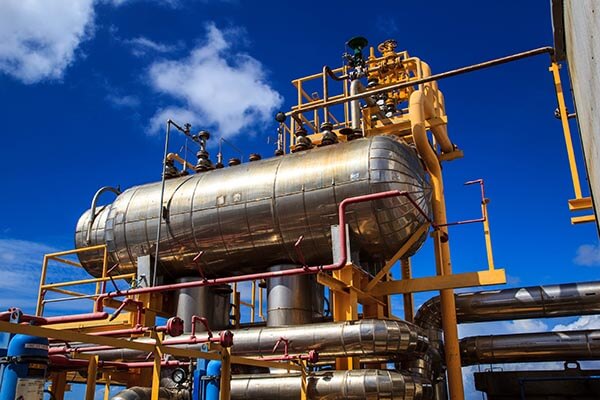The importance of documentation and record keeping in the event of an oil well crisis
We have previously said that very few activities during oil well control occur as planned.
It is precisely that point where we derive the importance of always keeping updated records because from these documents can know how to respond to such an eventuality.
The records should be promptly during operation are:
- Closing pressure: they are not considered as a complication in operations outbreak control, however, some complications may occur if the closing pressures are too high or too low.
- Circulating Pressure: usually the problem is in the pump and the side of the tube string “U”
- cursory Gas: It is preferable not close the well, however, when this happens he will empty and if appropriate measures are not taken a lack of control in deep water well can occur.
- Pump Failures: The speed and cost of the pump are important. If the pump fails for any reason or is not operating properly during well control, it is necessary to change the pump in response to strict procedures.
- Throttle: A sudden change in pressure can indicate choke a plug below the choke, requiring the pump stops.
To be always prepared before a disaster, aside from maintaining a strict control to maintain updated records, it is important to have insurance for oil Well Control, which it endorses and supports to unforeseen events.
In NRGI Broker we have an expert in Insurance oil Well Control and risk analysis that will provide comprehensive solutions, with proven products, which are tailored to suit your needs equipment.
Contact us, we are here to help:
[email protected]
(55) 9177.2100









